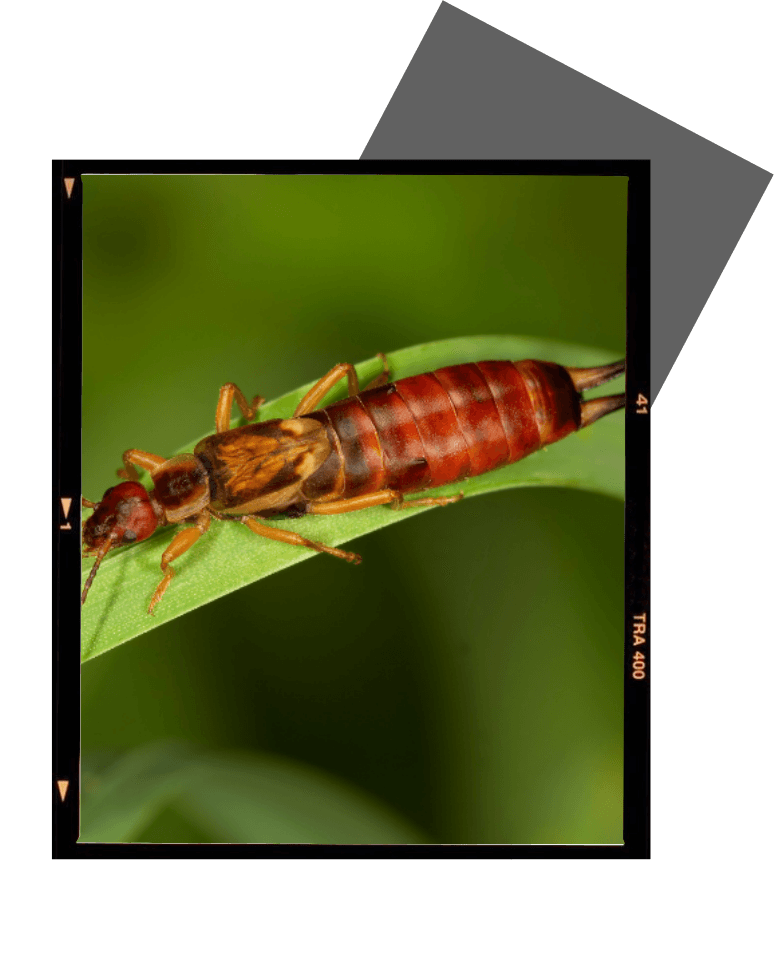Earwig
Exterminator
bed bugs bed bugs
They get their name from an old wives’ tale that has them crawling into people’s ears and laying their eggs. Earwigs are diverse insects, and there are about 2,000 species in existence, making them one of the smaller orders of insects. In the United States, there are roughly 25 species. These scary-looking bugs came here from Europe, Eastern Asia, and Northern Africa, and the most common species in American homes is the European earwig.
Earwigs go through five molts before they reach adulthood and, unlike most other insects, display maternal care for their young through the second molt. Fossils of their direct ancestors were discovered that date back to the Late Triassic and Early Jurassic eras, so they’ve been around much longer than we have. They have curved pincers, folded wings made of skin, and tiny, tucked away forewings. Most species are scavengers, but sometimes they are predatory omnivores, as some tiny species lack pincers and live as parasites on other beings.
They are known for large numbers when they appear, so an infestation is not something you should take lightly. An adult earwig measures roughly 1/3 of an inch to just under 2 inches, although the largest species in the world, the Australian earwig, regularly reaches 2 inches. Thoughts of this one climbing in to eat your brain can keep you up at night. They aren’t picky eaters and feast on many different plants and can kill seedlings. They have been responsible for causing damages to crops and large financial losses when they’ve gotten ahold of hops, raspberry, and corn crops. Most species prefer decaying fruit, although they have also been observed feasting on peaches and apricots, and they can also use their pincers to catch smaller insects. They are just as happy to munch on whatever you have available in your pantry.
They use their forceps to fight for a mate and protection. The males’ pincers are long and straight while the females are shorter and curved. Even though they have wings, they rarely ever fly. They don’t readily attack people, but their pincers can leave twin red marks on a person. They are apt to release a foul-smelling substance as a first defense.
These creepy-crawlers are known for moving in large enough numbers that, when outdoors, can quickly overtake a property. They can be hard to spot because they’re nocturnal, but if you find one hiding in your home, there may be many more nearby. Luckily, they only reproduce outdoors. It is suggested to call a professional to handle your issue rather than using an old wives’ tale such as covering the place in alcohol.
When people think of home, they think of comfort, security, and family. What they shouldn’t think of is bugs, pests, and the headaches that go with them. Residents of Bluffton, South Carolina, and the surrounding areas have no fear because the answer to your pest problem is here.
Contact top-rated Bluffton Pest Management so we can come and get started on making your home pest-free.
bed bugs bed bugs

